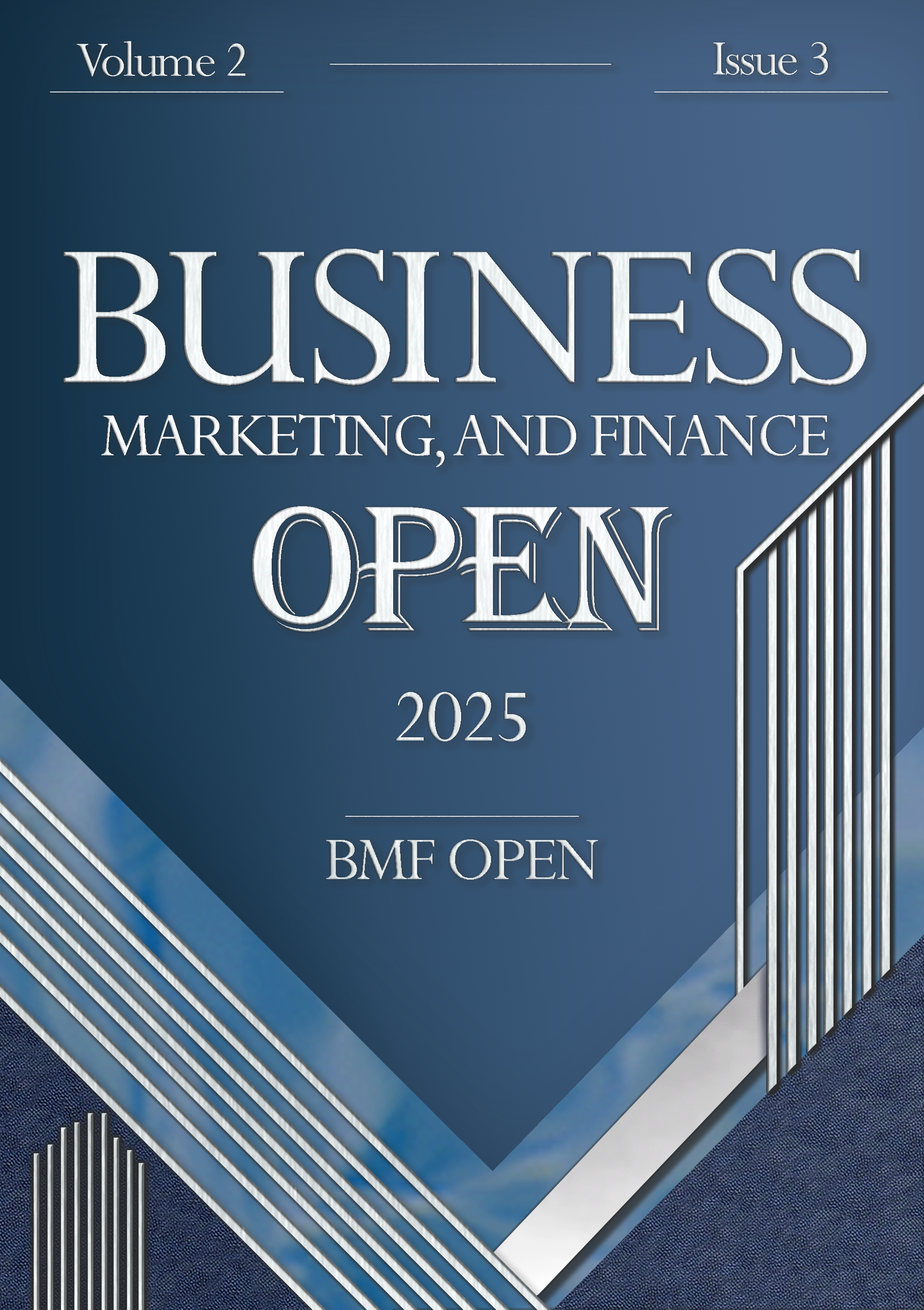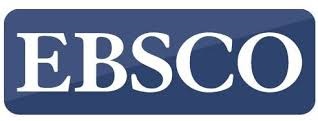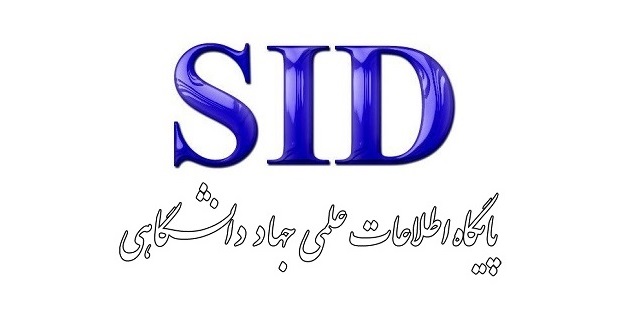The Supervisory Structure Model of Iran’s Capital Market
Keywords:
regulatory frameworks, Iran's Capital Market, Informational Transparency, Oversight Model, Global StandardsAbstract
This study aims to develop an optimized supervisory model for Iran’s capital market by examining existing regulatory structures, identifying key challenges, and proposing solutions that enhance market transparency, efficiency, and investor protection. The study employs a qualitative research design using a descriptive-analytical approach. Data were collected through expert interviews with 27 financial regulators, policymakers, and market analysts selected via purposive sampling. Additionally, a comprehensive review of legal documents, financial regulations, and global supervisory frameworks was conducted. Thematic analysis and qualitative content analysis were performed using NVivo software, while structural equation modeling (SEM) with Smart PLS was applied to assess relationships among supervisory variables and identify key determinants of regulatory effectiveness. The results indicate that the most influential factor in Iran’s capital market supervision is the enhancement of financial and legal benefits, followed by cooperation potential, financial power, economic-social factors, and overall market impact. Regulatory inefficiencies stem primarily from fragmented oversight structures, inconsistent enforcement mechanisms, and inadequate investor protection measures. The study identifies strong information exchange, regulatory coordination, and governance reforms as critical elements for an effective supervisory framework. The empirical analysis highlights the need for a unified regulatory model that mitigates supervisory conflicts, fosters transparency, and strengthens compliance mechanisms through technological innovations in market monitoring. The findings emphasize the necessity of reforming Iran’s capital market supervision by integrating regulatory functions, enhancing corporate governance, and adopting risk-based oversight mechanisms. Aligning Iran’s regulatory framework with international best practices can improve market resilience, attract investment, and ensure long-term financial stability. Future regulatory improvements should focus on institutional coordination, technology-driven compliance monitoring, and investor protection policies to strengthen market integrity and efficiency.







